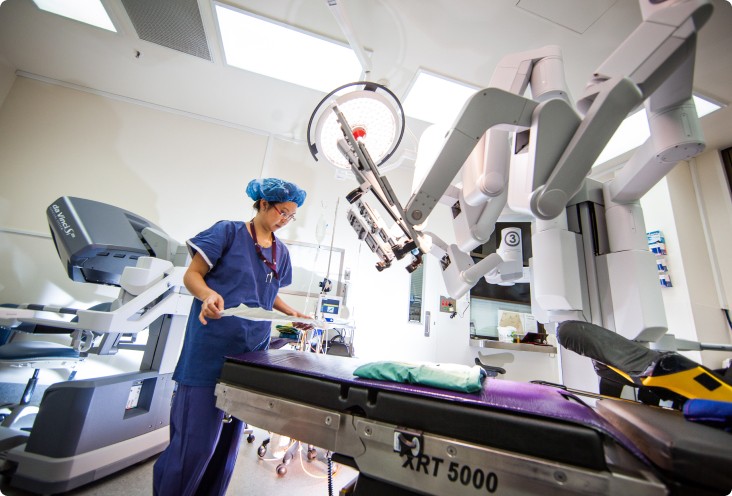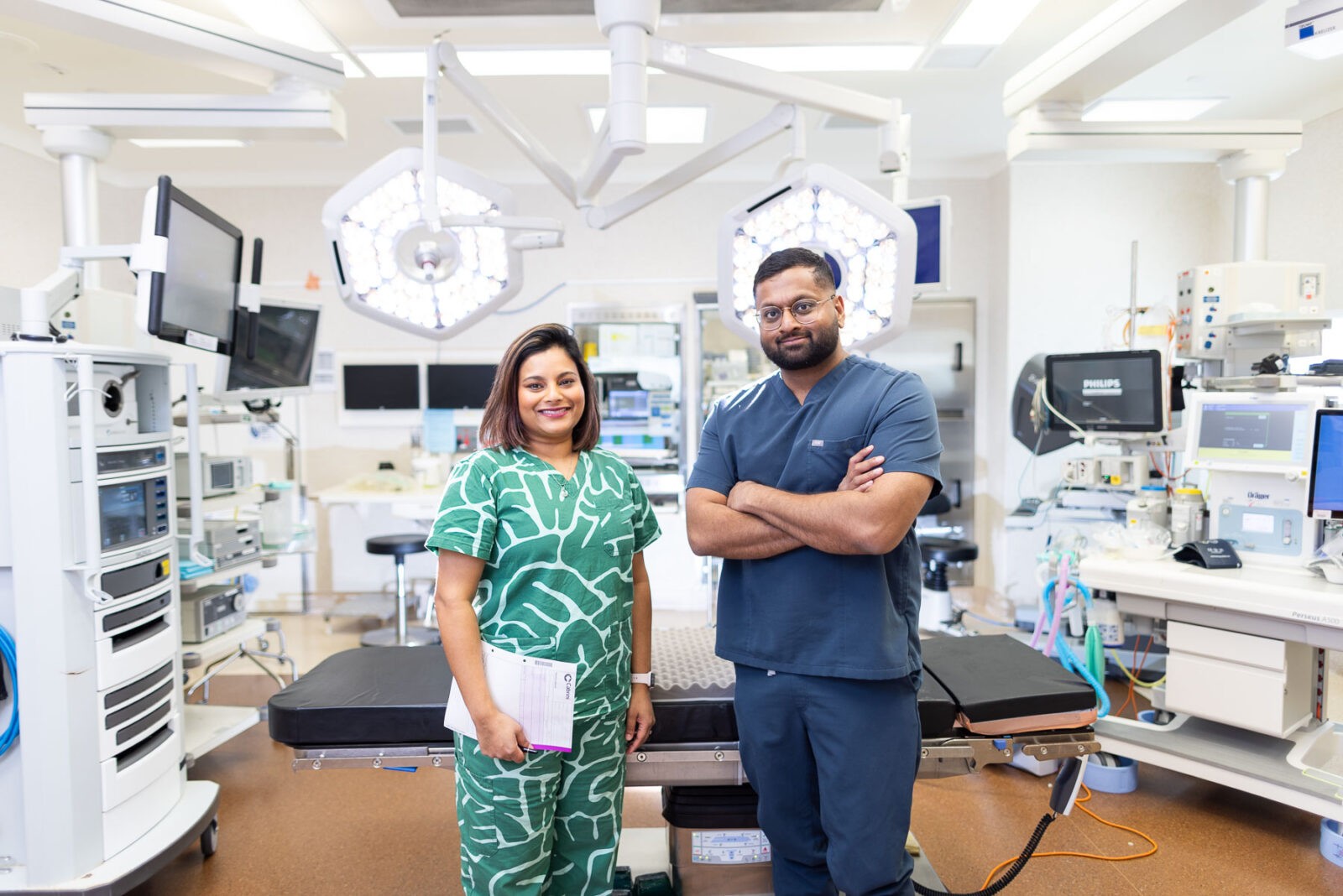It occurs when tissue similar to the lining inside the uterus, known as the endometrium, starts to grow outside the uterine cavity. This misplaced tissue can be found on the ovaries, fallopian tubes, outer surface of the uterus, and other pelvic organs.
Endometriosis is often associated with severe pain and infertility, impacting the quality of life and emotional well-being of those affected.
The exact cause of endometriosis remains unknown, but several theories have been proposed. One of the most widely accepted theories is retrograde menstruation. This occurs when menstrual blood flows backwards through the fallopian tubes into the pelvic cavity instead of leaving the body. The menstrual blood contains endometrial cells that can implant and grow outside the uterus.
Other theories suggest that endometrial cells might spread through the bloodstream or lymphatic system, or that certain cells outside the uterus might transform into endometrial cells. Genetic factors also appear to play a role, as endometriosis tends to run in families. Additionally, immune system disorders might make the body less capable of recognising and destroying endometrial tissue growing outside the uterus.
The symptoms of endometriosis can vary significantly from person to person. Some women experience mild symptoms, while others suffer from debilitating pain. Common symptoms include:
Several risk factors may increase the likelihood of developing endometriosis. These include:
While there is no cure for endometriosis, various treatment options are available to manage symptoms and improve quality of life. Treatment approaches can be broadly categorised into medical, surgical, and lifestyle management.
While it can coexist with endometriosis, adenomyosis is a distinct condition with its own challenges.
Diagnosis of adenomyosis can be challenging, as symptoms overlap with other conditions like endometriosis and fibroids. Common diagnostic tools include:
Ultrasound: A first-line imaging tool to assess characteristic uterine changes.
MRI (Magnetic Resonance Imaging): Provides more detailed images of the uterus. Can differentiate between myoma and adenomyoma.
Histopathology: A definitive diagnosis can only be made confirmed after a hysterectomy when tissue samples are examined.
Adenomyosis can present with a variety of symptoms, including:
Some individuals may have no symptoms at all, and the condition is only discovered during investigations for other issues.
While the exact cause of adenomyosis is not fully understood, certain factors may increase the likelihood of developing the condition:
Age: Adenomyosis is more common in women aged 35–50.
Parity: Having given birth, especially multiple times, is associated with a higher risk.
Uterine Surgery: A history of uterine surgery, such as a caesarean section or fibroid removal, may increase the risk.
Hormonal Fluctuations: High levels of oestrogen are thought to play a role.
Family History: A genetic predisposition may also contribute in some cases.
Treatment is tailored to the severity of symptoms, the patient’s age, and their desire to preserve fertility. Options include:
Hormonal therapies typically using hormonal IUDs, or use of a class of medications called GnRH agonists, may be used to help symptoms.
Non-steroidal anti-inflammatory drugs (NSAIDs) for pain relief.
Minimally Invasive Procedures:
Possible utilisation of uterine artery embolisation (UAE) to reduce blood flow to the enlarged.
Definitive Treatment:
Hysterectomy (removal of the uterus) is the only definitive cure and is considered for patients with severe symptoms who do not wish to preserve fertility.
Possible utilisation of uterine artery embolisation (UAE) to reduce blood flow to the enlarged.
Hysterectomy (removal of the uterus) is the only definitive cure and is considered for patients with severe symptoms who do not wish to preserve fertility.
This comprehensive strategy aims to improve awareness, diagnosis, and access to care for those living with these complex conditions.
The plan focuses on enhancing public and professional education, ensuring earlier diagnosis, and improving treatment pathways. It also prioritises evidence-based clinical care and significant investment in research to better understand the causes, impacts, and treatments of endometriosis and adenomyosis.
MIGYNAE aligns with these national priorities by offering specialised, multidisciplinary care and participating in research initiatives, ensuring patients receive the highest standard of care tailored to their needs.










We are a general gynaecology and infertility treatment clinic based in Melbourne, dedicated to the latest minimally invasive gynaecological diagnostic and surgical techniques. We are leaders in laparoscopic and cutting-edge robotic surgery.
If you have a question about a condition or treatment, or would like to book an appointment, please get in touch.